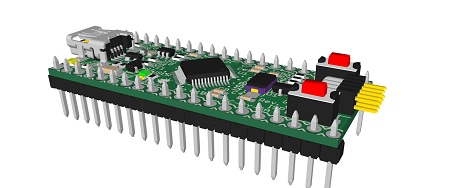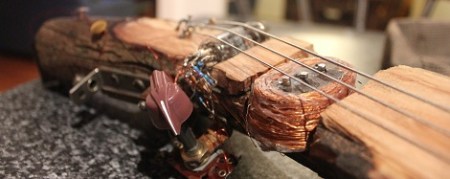
In the early days of broadcast radio, the most expensive radio sets were extremely impressive pieces of furniture. With beautifully crafted wooden cases polished to a high shine, these wireless receivers were the focal point of any family room. Some of the most expensive radio sets even included a visual indicator signaling the strength of the reception, something [Marcus] decided to re-engineer using an ATtiny85.
The display tube in question is an EM800 magic eye tube, used in radio sets, stereos, and electronic test equipment as a rudimentary display indicator. By applying a control voltage (from 0 to -10V), the illuminated display can be controlled like a bar graph display.
[Marcus]’ tube display is built around an ATtiny85 microcontroller, using a homemade PCB. It’s a fairly simple build, once the issue of supplying 250 Volts to the EM800’s anode is taken care of.
In the video after the break, you can see the bar display of [Marcus]’s magic eye tube slowly growing and receding, perfect for either displaying the current CPU load on your computer or anything else a dynamic bar graph display would be used.















